A brake light switch electronically turns on your brake lights when you use the brakes. It is a crucial part of your braking system and alerts drivers that you are slowing down. It immediately affects your ABS, cruise control system, and other features. If you want to bypass your brake light switch but are unsure how to do it, this guide is for you. We researched the topic, so read on to learn more.
For safe driving, the brake light connection (jumper) should be installed correctly. Install the circuit connections to ensure their smooth functioning. It should detect the current flow. Here are the steps to follow:
- Check the brake light connection.
- Remove the brake light bulbs.
- Detach the brake safety switch.
- Examine the bulb.
- Check the sockets' voltage.
- Verify the voltage.
- Investigate the neutral connection.
- Double-check the jumper connection.
If everything is in order, you should now be able to operate the car without needing a brake safety switch that is in good working order. Learn how to safely bypass a brake light switch by reading on.
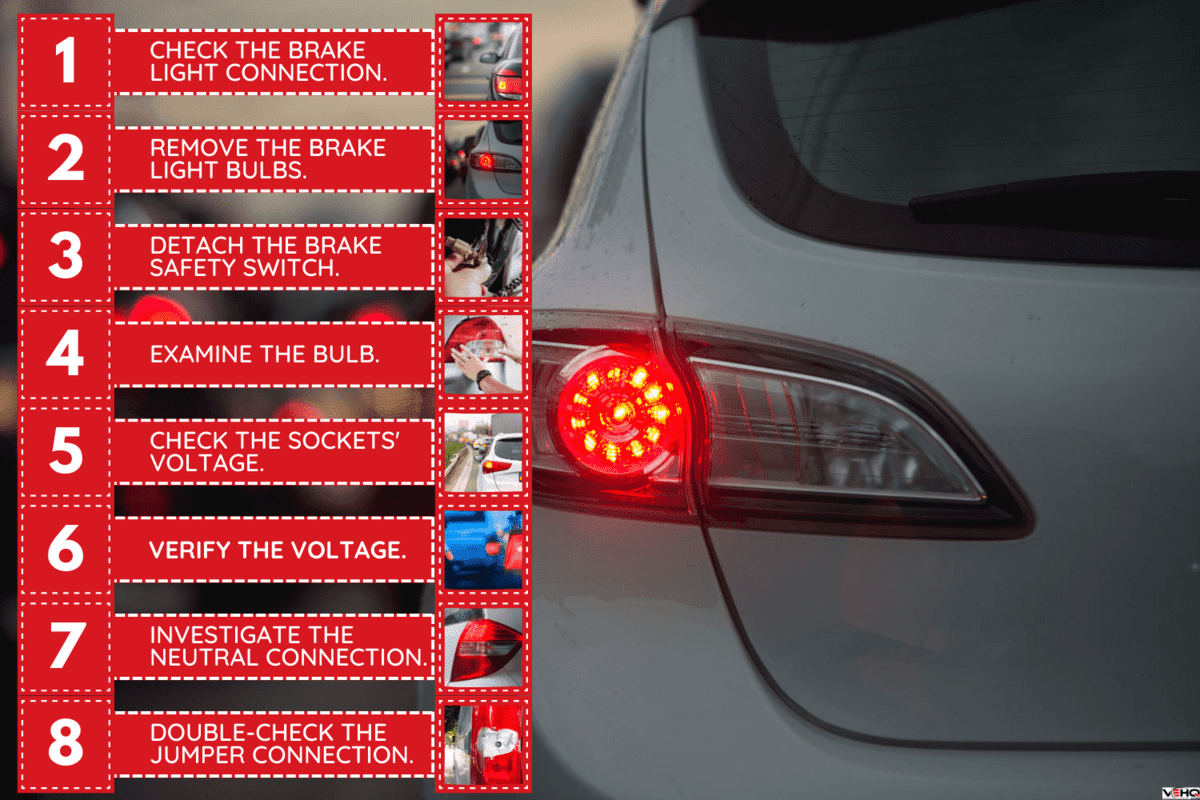
How Can You Safely Bypass A Brake Light Switch?
The brake light circuit is connected in an automobile's electrical system by the brake light switch. One wire of the two-wire switch controls the power going in and out. You can correctly bypass a brake light switch using the guide below.
Check The Brake Light Connection
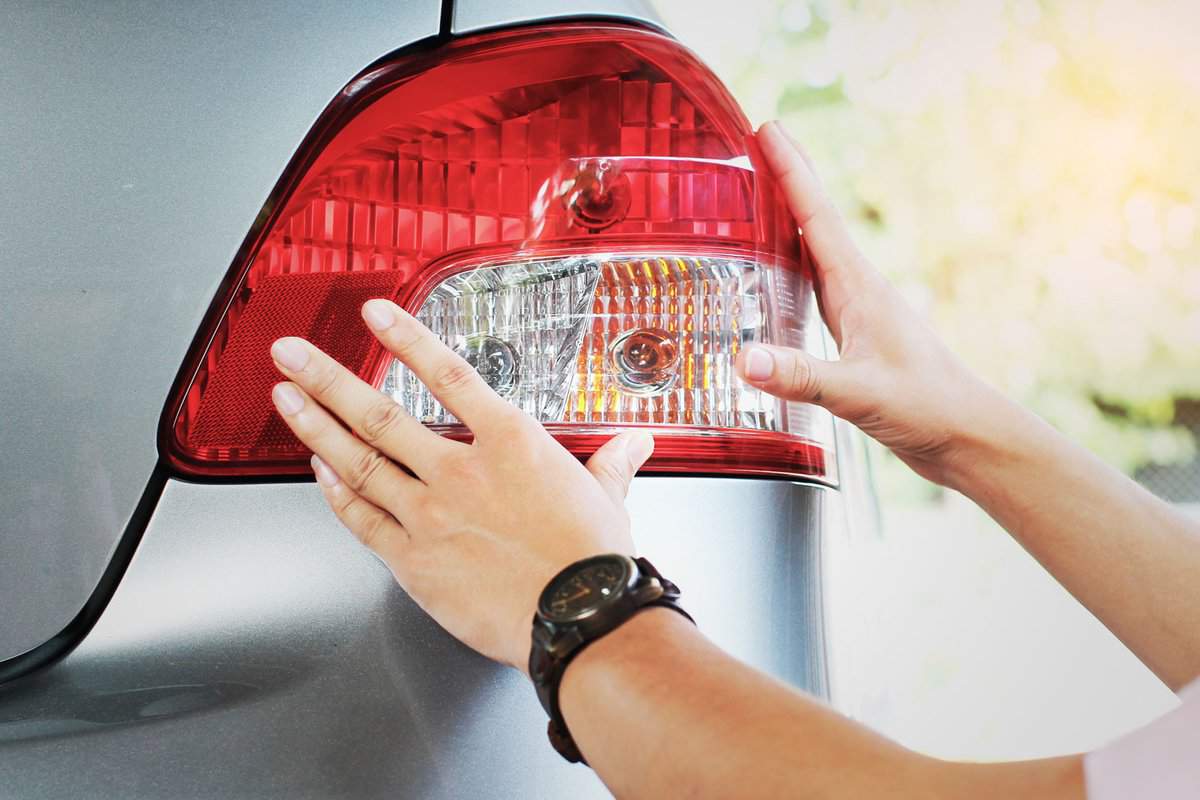
Inspect the brake light circuit fuse if the lower two or third brake lights go out. Some cars have one fuse for the third light and another for the bottom two.
Remove The Brake Light Bulbs
You can check the brake lights by opening the screws around the lens or accessing them through the trunk. If necessary, consult your car's maintenance manual.
Check out these tail brake lights on Amazon.
Detach The Brake Safety Switch
Detach the brake safety switch from its wiring harness before using a jumper wire to recreate the circuit. In addition, segregate all connections to the switch's ground point. Direct connections between the switch's connecting points are required to turn them on.
Check out this replacement part on Amazon.
Examine The Bulb
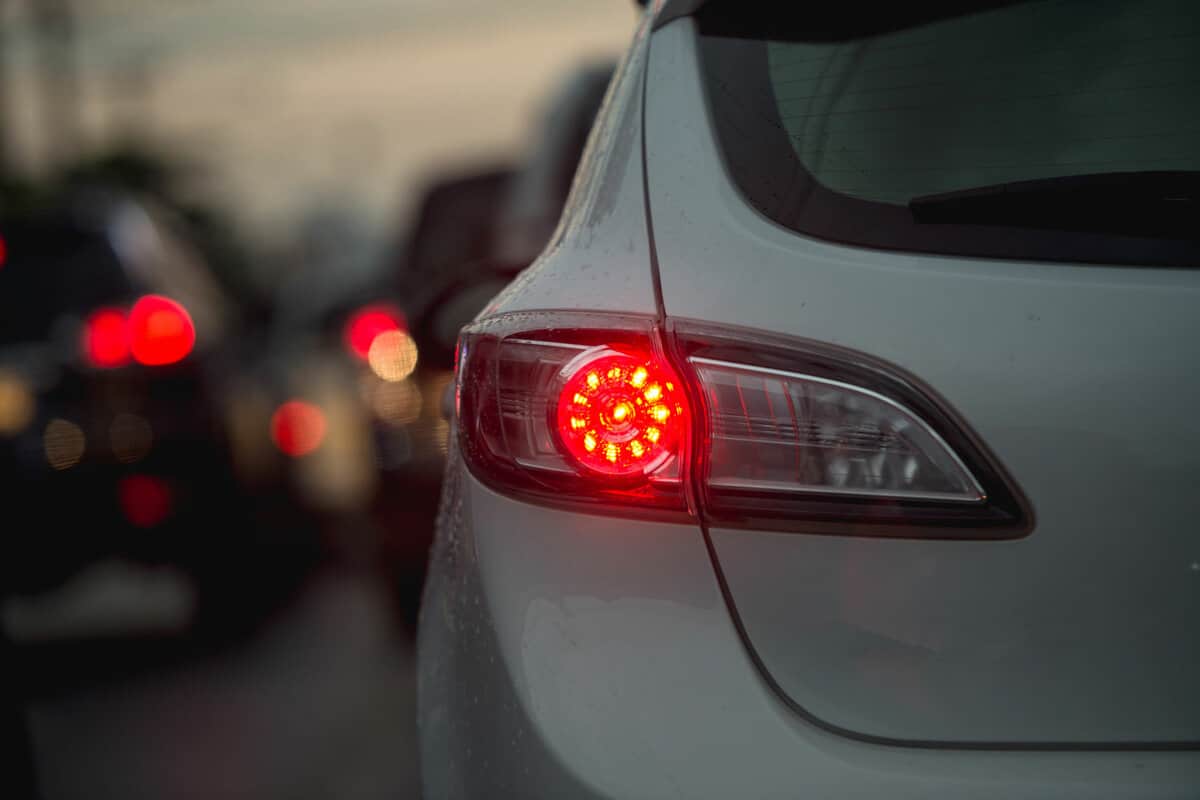
To unplug the bulb, turn it counterclockwise. If there are any black spots inside the bulb, it isn't working. If any filaments are burned out or damaged, the bulb is the problem. If the bulb is the issue, replace it with another of the same type and power.
Check The Voltage Of The Sockets
If your bulb appears to be in good condition, check the voltage in the socket with a digital multimeter. It is first necessary to set the multimeter to DC voltage.
Apply the black lead to the socket wall and the red wire to one of the contacts. Then have someone apply the brakes. If voltage is present, the light bulb is damaged.
Check out this digital multimeter on Amazon.
Verify The Voltage (Optional)
This time, reconnect the black lead to the chassis. Check the ground connection on the socket if electricity is present. Check the light bulb socket for corrosion or frayed wires if there is no voltage. If there is any degradation, try removing it with a brush.
Check out this voltage tester on Amazon.
Investigate The Neutral Connection
Connect a wire (jumper) between the chassis contact and the socket's ground side. Press down the brake pedal while holding the brake light bulb in place.
If the brake light bulb turns on, there is a malfunction at the ground connection. Examine the brake light and the switch for any open connections.
Double-Check The Jumper Connection
What Characterizes A Faulty Brake Light Switch?
Despite being built to last, brake light switches occasionally fail. If any of these indicators are present, think about replacing the damaged brake light switch:
Brake Lights Don't Illuminate
When you hit the brake pedal, the lights should illuminate to alert the vehicle in front of you. The absence of rear brake lights poses a significant safety concern because the car behind you won't be aware that you are slowing down.
Brake Lights Don't Go Off
If your brake lights remain on when you are not braking, there may be an issue with the electrical circuit inside the rear brake light switch. Additionally, leaving your rear brake light on adds the risk of damaging the brake lamp or bulb and rapidly draining your car's battery.
Defective Cruise Control
A broken or misplaced brake light switch may disable the cruise control in your car. Therefore, your cruise control will stop functioning if the brake lamp switch does. It might also happen if the speed sensor is faulty or if the fuse for the electronic control module blows.
Check out this cruise control on Amazon.
Car Won't Start
Many automobiles feature keyless entry. The brake light switch may not be transmitting to the computer that the brakes are applied to if your car won't start. If this happens, get in touch with a shop or mechanic right immediately to get your brake light switch replaced.
ABS Warning Light Flashes
When the ABS light on your dashboard illuminates, the anti-lock brake system isn't functioning. When you apply the brakes and when it's time to activate the ABS hydraulic pump, the brake light switch sensor signals the ABS module in your car.
How To Replace A Brake Light Switch
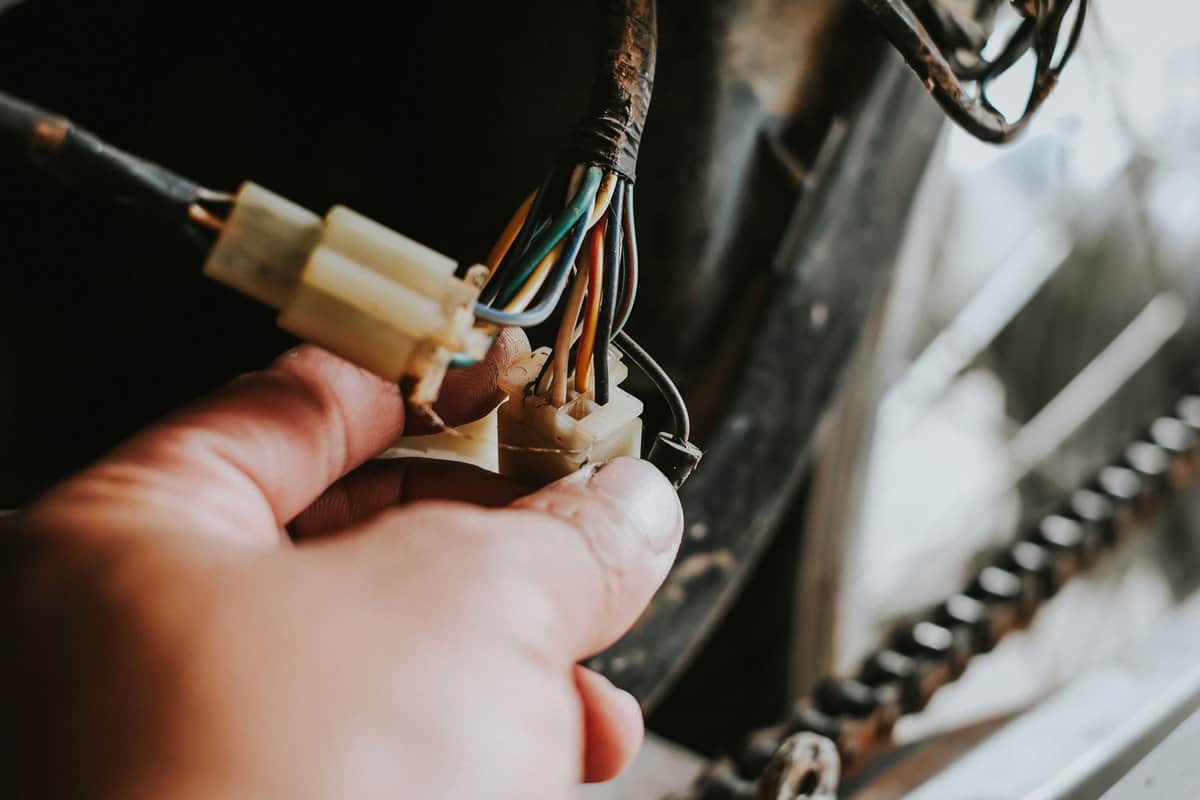
Your car's brake switch is crucial. You may opt to have an auto technician replace it. If not, follow these steps when changing the brake light switch:
- Park your car in a flat area.
- Set the parking brake.
- Your car battery's wire harness must be severed.
- Remove the panel or cover with care to access the broken brake light switch.
- Disconnect and remove the wiring connector from the brake light switch.
- The brake light switch's wire connector must be unplugged and removed.
- Carefully install and position the replacement brake light switch.
- Secure the brake light switch.
- To hide the rear brake light switch, replace the panel.
- Reconnect the car's battery.
- Verify the functionality of the brake light switch, the rear brake lights, the ABS, and the cruise control systems.
Does A Brake Light Need A Fuse?
In most cars, there is a fuse for the brake light. The fuse is almost certainly in the junction box, located under the hood or within the vehicle.
Consult your vehicle's user guide or check for a fuse box diagram. It is usually affixed to the cover or bottom part of the junction box to identify the fuse for the brake light.
Keep in mind that certain vehicles may have many fuse boxes as well. After locating the appropriate fuse box and the fuse, check the condition of the fuse, and make sure it is not broken or blown. You can only replace the fuse once to ensure the brake lights function effectively.
Check out these automotive fuses on Amazon.
Where Can You Find The Car's Safety Switch?
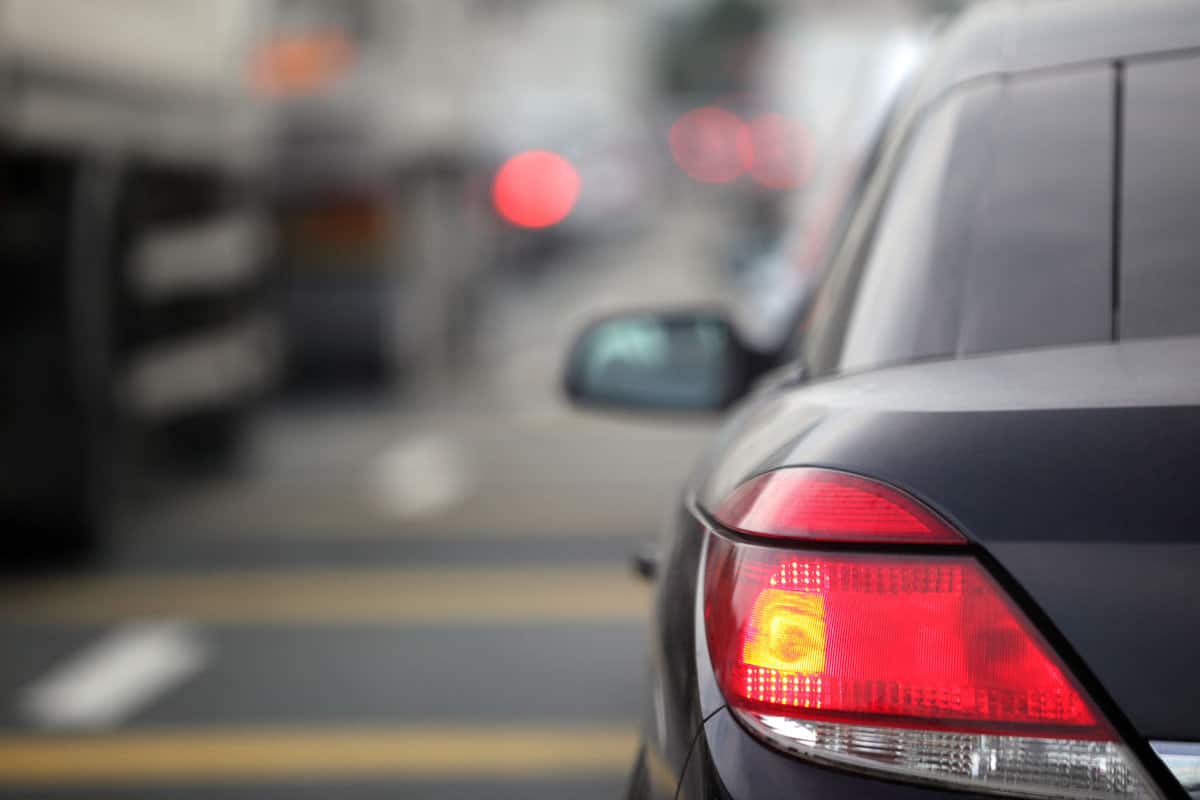
The brake light switch and pedal assembly are where you'll find the brake safety switch. This little rectangular switch has two electrical connections, one to the brake light circuit and the other to the brake pedal assembly.
Because the brake lights are off when the brakes are not in use, this switch improves driver safety. For the brake lights to function, the brake safety switch must be in good working order and requires frequent check-up.
Key Takeaways
You can safely bypass your brake light switch in easy steps. Unplug the brake safety switch from its wiring harness and reconnect it to the circuit with a jumper wire. If the toggle is grounded, it must also be isolated.
Your goal is to connect the switch's connecting points directly, which will turn them on. Consult a professional or refer to your vehicle owner's manual if you have any concerns about the electrical wiring. Once everything is connected, test the switch to ensure it has been turned on and is operating.
Read the following articles for more information on brake lights:







